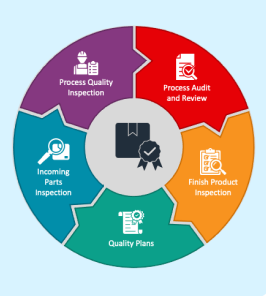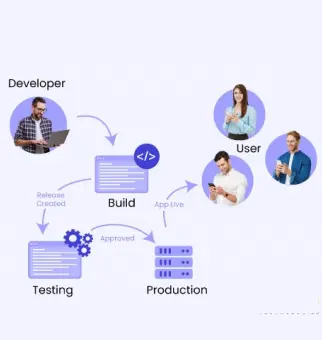







We Offer Wide Range of Quality Assurance Services
Our offerings encompass a wide range of Quality Assurance Services in various framework and libraries.
Functional Testing
Functional testing is a type of software testing that focuses on verifying that each function of the software application operates in accordance with the specified requirements. In essence, it checks if the software does what it’s supposed to do. The goal is to ensure that all features and components of the software work correctly and meet the intended functionality.
Performance Testing
Performance testing is a type of software testing aimed at evaluating the speed, responsiveness, scalability, and stability of a software application under various conditions. The primary objective of performance testing is to identify and address performance bottlenecks, ensure that the software meets performance expectations, and optimize its speed and resource utilization.
Security Testing
Security testing is a type of software testing that focuses on identifying vulnerabilities and weaknesses in a system’s security controls. The goal of security testing is to uncover vulnerabilities that could be exploited by attackers and to ensure that appropriate security measures are in place to protect the system and its data.
Usability Testing
Usability testing is a method of evaluating the user-friendliness and effectiveness of a software application by observing real users as they interact with it. This testing aims to identify any usability issues, such as difficulties in navigation, confusing interface elements, or unclear instructions, that may hinder user experience. The goal is to ensure that the software meets user expectations, enhances user satisfaction, and ultimately improves overall usability.
Automation Testing
Automation testing is a software testing technique that involves using specialized tools and scripts to execute test cases and compare actual outcomes with expected results automatically. It aims to streamline the testing process, increase test coverage, and improve efficiency by automating repetitive and time-consuming tasks.
Compatibility Testing
Compatibility testing is a type of software testing that evaluates the compatibility of a software application with different hardware, operating systems, browsers, networks, and other software environments. The goal is to ensure that the software is compatible with the widest possible range of configurations and environments, thereby maximizing its usability and accessibility for end users.
Let's pool our skills to make something truly outstanding
Please feel free to book your free consultation now

Key Benefits of Quality Assurance in today’s technology driven world.
Improved Product Quality
QA ensures that software and products meet high standards of performance, reliability, and functionality, resulting in better user experiences.
Boost Customer Satisfaction
QA helps in delivering products that meet or exceed customer expectations, leading to increased trust, loyalty, and positive feedback.
Cost Savings
Identifies and fixes defects early in the development process, reducing the need for costly rework, bug fixes, and customer support.
Risk Mitigation
Minimizes the likelihood of software failures, security breaches, and compliance issues, thereby protecting the reputation and credibility of businesses.
Competitive Advantage
Differentiates businesses by offering superior quality products and services, leading to increased market share and customer retention.
Development Process to Design Web Solution
Systematic approach used to create software solutions, encompassing various stages from planning to deployment.










